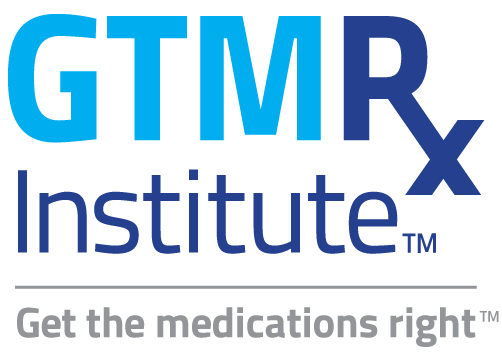
Unions and employers agree on one thing: PBMs
Employers and unions are getting fed up with PBMs, arguing that they favor costly over less expensive options, the Wall Street Journal reports. For example, Foot Locker dropped UnitedHealth Group’s OptumRx PBM last year, while a Teamsters fund in Philadelphia recently reupped with its replacement for CVS Health’s Caremark. The employers and unions say they likely get stuck with higher costs because PBMs can pocket some of the bigger rebates negotiated with drugmakers. But they can’t know for sure because the PBMs aren’t open about their fees and other sources of revenue. (Wall Street Journal–subscription required)
Practice Transformation
CVS CostVantage: Transparency or fantasy?
CVS will launch a cost-based drug pricing method — CostVantage — for retail pharmacies next year. CVS will price drugs based on what it paid plus a defined markup and pharmacist fee. It will launch the model with PBMs for commercial plans beginning Jan. 1, 2025. However, experts tell STAT that the program appears designed to pad CVS’ bottom line rather than make drugs less costly. “When you notice that this was announced on investor day, I think we know who their audience is with this,” says Elizabeth Mitchell, CEO of the Purchaser Business Group on Health. (STAT)
Listening to pharmacist advice benefits patients
A pharmacist-led intervention using notes in the EHR convinced primary care providers to switch veterans with diabetes and cardiovascular disease to guideline-recommended care, a single-center VA-study showed. These results from an ongoing study were presented at a meeting of the American Society of Health-System Pharmacists. The findings have implications that go beyond diabetes and CVD. The goal is to get patients on therapies that can “help them out in a bunch of different areas, not just A1c,” Julia Bommarito, PharmD, of the Memphis VA Medical Center in Tennessee, told MedPage Today. (MedPage Today)
Evidence & Innovation
More Americans seek preventive care
The share of primary care visits focused on preventive care nearly doubled between 2001 and 2019, with the steepest growth among Medicare beneficiaries, a Health Affairs study found. Researchers looked at data from 139,783 primary care physician office encounters and found the share of preventive visits rose from 12.8% to 24.6% between 2001 and 2019, with increases seen across all age ranges and types of insurance. Among the other findings: During preventive care visits, physicians were more likely to provide counseling and order screening labs than at problem-based visits.(HealthPayer Intelligence; study)
Doctors leaving the profession
Approximately 7% of the nation’s active physicians left the field during 2021 and 2022, amounting to over 145,200 clinicians, according to a report from Definitive Health. Internal medicine and family practice doctors led the way. The average age of those remaining suggests an impending retirement wave. The report recommends investing in technologies like telehealth, addressing professional burnout, and making fundamental changes to medical education as strategic initiatives to mitigate the current and upcoming staffing challenges. (Fierce Healthcare; report)
Policy Solutions
Health care workers not staying current on vaccines
A CDC analysis reveals that many healthcare workers in hospitals and nursing homes aren’t keeping up with COVID-19 vaccinations. This observation, based on data from about 7.7 million workers in 4,057 hospitals and 1.6 million in 13,794 nursing homes during the 2022–23 flu season, underscores the need for strategies to ensure healthcare workers and their patients are protected against vaccine-preventable respiratory diseases, according to the CDC. (Becker’s Hospital Review)

